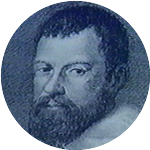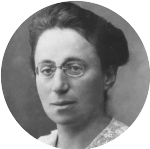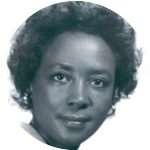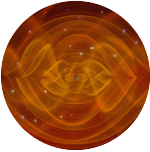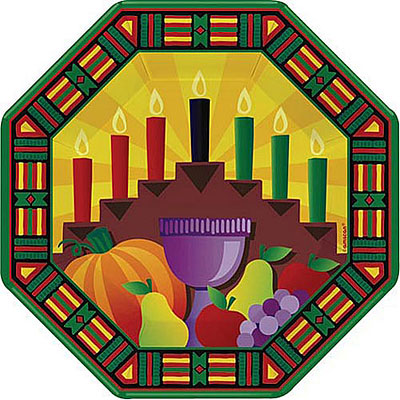
To those who celebrate, the Friends wish you all the blessings of Kwanzaa from Umoja to Imani.
Kwanzaa begins on December 26 and culminates on January 1. Dr. Maulana Karenga, Chair of the Department of Africana Studies at California State University, Long Beach, established the festival in 1966 to re-affirm African values, to strengthen the Seven Principles, and to celebrate African families and communities throughout the African Diaspora. On the first night of Kwanzaa, the central black candle in the kenara (candle holder) is lit; it represents Umoja (unity). Three red candles stand to the left and three green to the right. On succeeding nights, an additional candle is lit. Each day is dedicated to a different principle: Kujichagulia (self-determination), Ujima (collective work and responsibility), Ujamaa (cooperative economics), Nia (purpose), Kuumba (creativity), and Imani (faith). On the evening of December 31, a karamu (community feast) is frequently held. The last day of the observance is also New Year's Day in the Gregorian calendar; it is reserved as Day of Meditation or Day of Assessment.
With its origins in south African harvest festivals, Kwanza can be considered a summer solstice holiday. In the northern hemisphere, late December is not harvest time but period of cold and dark, which the spiritual values of Kwanzaa transform into a season of light.


 witter
witter Instagram
Instagram
